Author: Itinerarios Paisajísticos
-
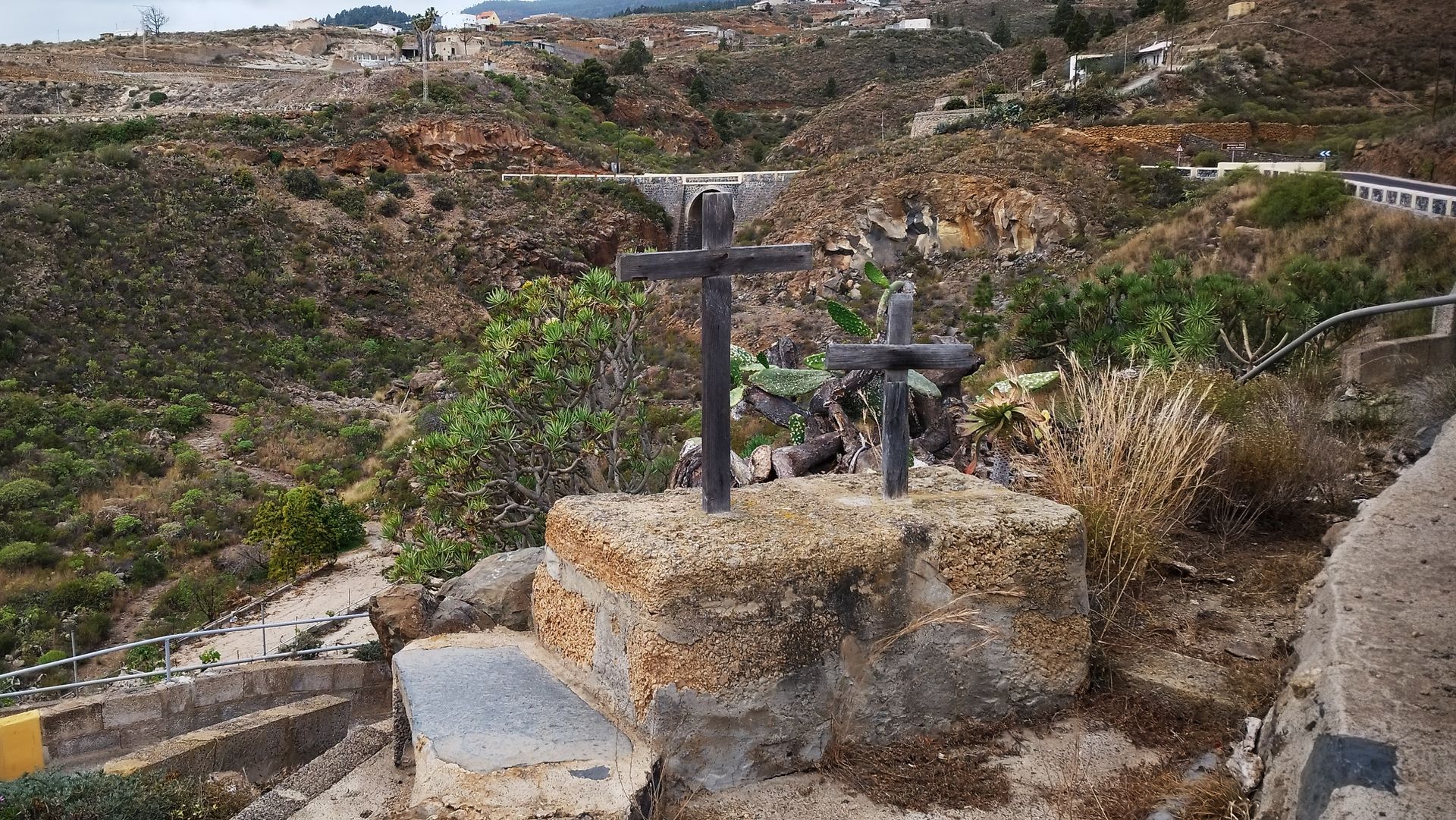
Los descansaderos
—
by
At the rest stops, strength was replenished to keep going. Along the Camino Real there are different religious manifestations: crosses, calvaries, hermitages and resting places. The latter were places used by funeral processions to stop on their way to the cemetery. In the past there were no roads, communications were carried out along the Camino…
-
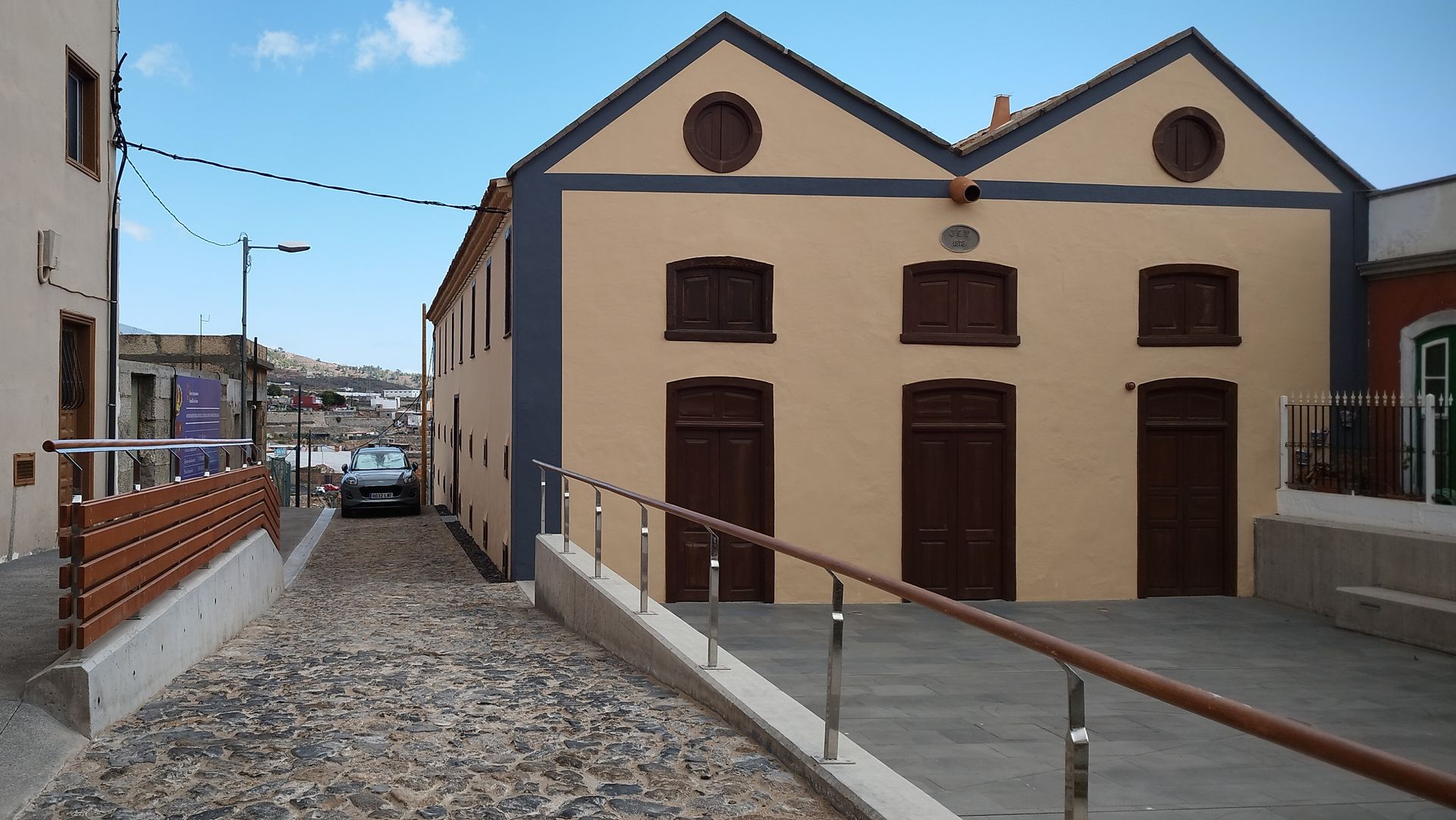
Secadero de tabaco
—
by
The products of the region circulated along the Camino Real The royal roads are so called because they belonged to the crown, although in the Canary Islands they depended on the island councils. They had to be seven metres wide, fenced off and zigzag across the slopes, but not all of them met these minimum…
-
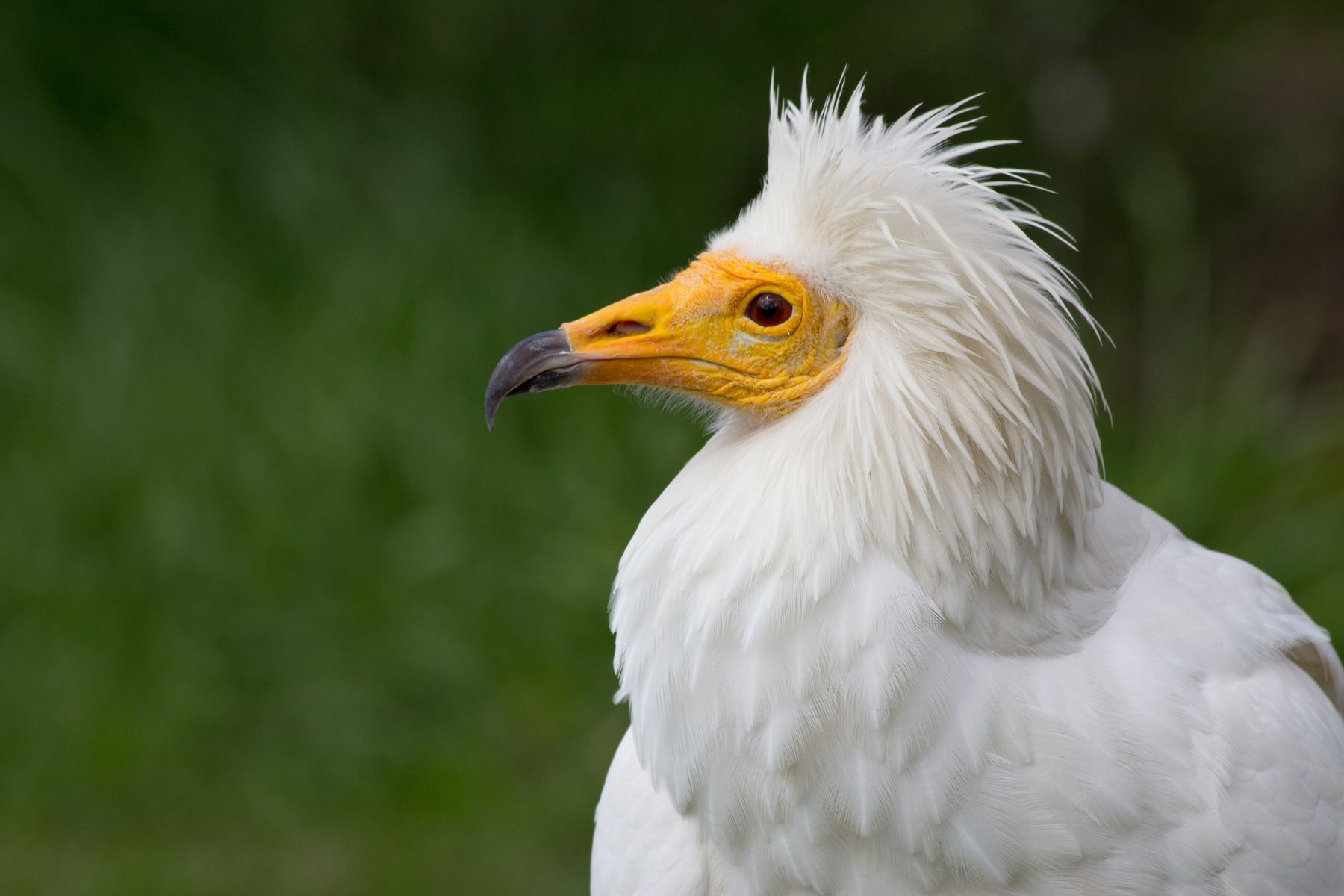
Pino del Guirre
—
by
The perch of the last vultures on the island. “Guirre” is what the Egyptian vulture (Neophron percnoterus majorensis) is popularly known in the Canary Islands. It is a species of vulture that flew over the skies of Tenerife until well into the 20th century. The abandonment of agriculture, poaching, poisons and, in general, the change…
-
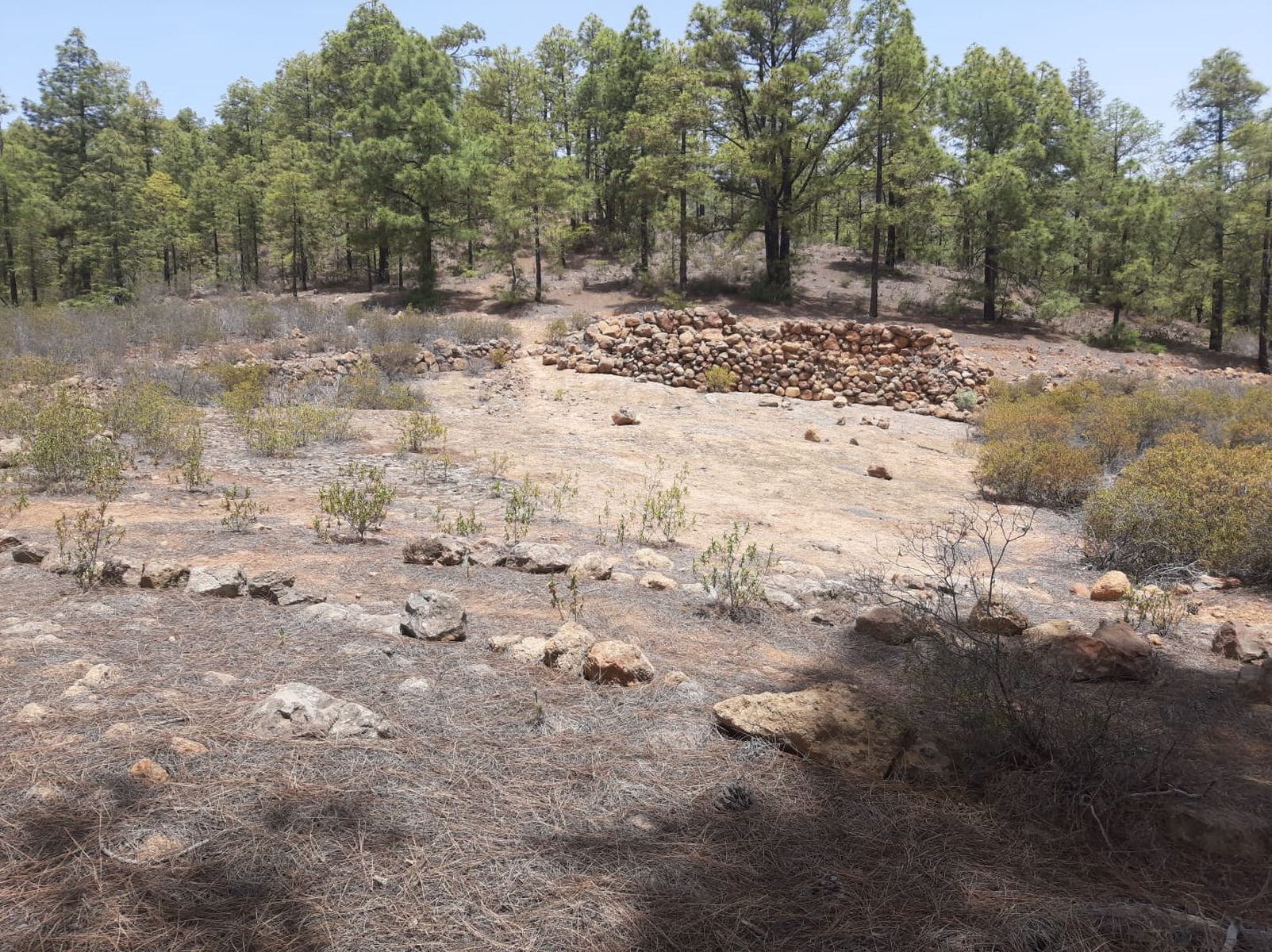
El Aserradero
—
by
The Las Vegas pine forest was an important source of raw materials. The magnificent pine forests in the south of Tenerife were tremendously exploited for the wealth contained within the old pine trees. The Canary Island pine became an extraordinary natural resource when the high quality of its inner wood was discovered: tea. This heartwood,…
-
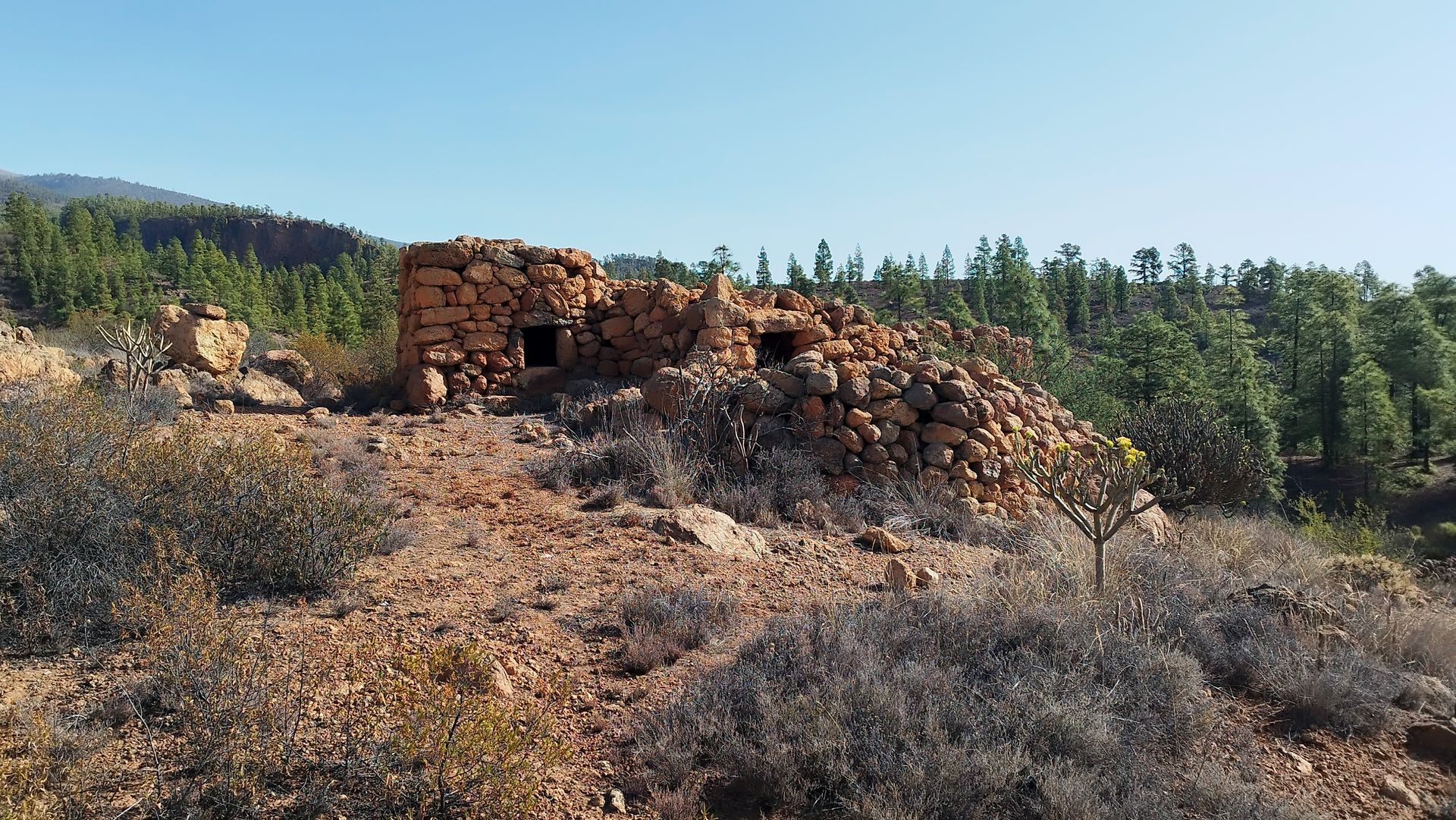
Los Hibrones
—
by
The hybrons or jibbons came down this way The Canarian term hibrón or jibrón refers to the timbers placed parallel to the pairs of a roof frame to receive the planking. However, on the islands of El Hierro and Tenerife, by extension, it refers to any kind of timber. This nucleus and road probably get…
-
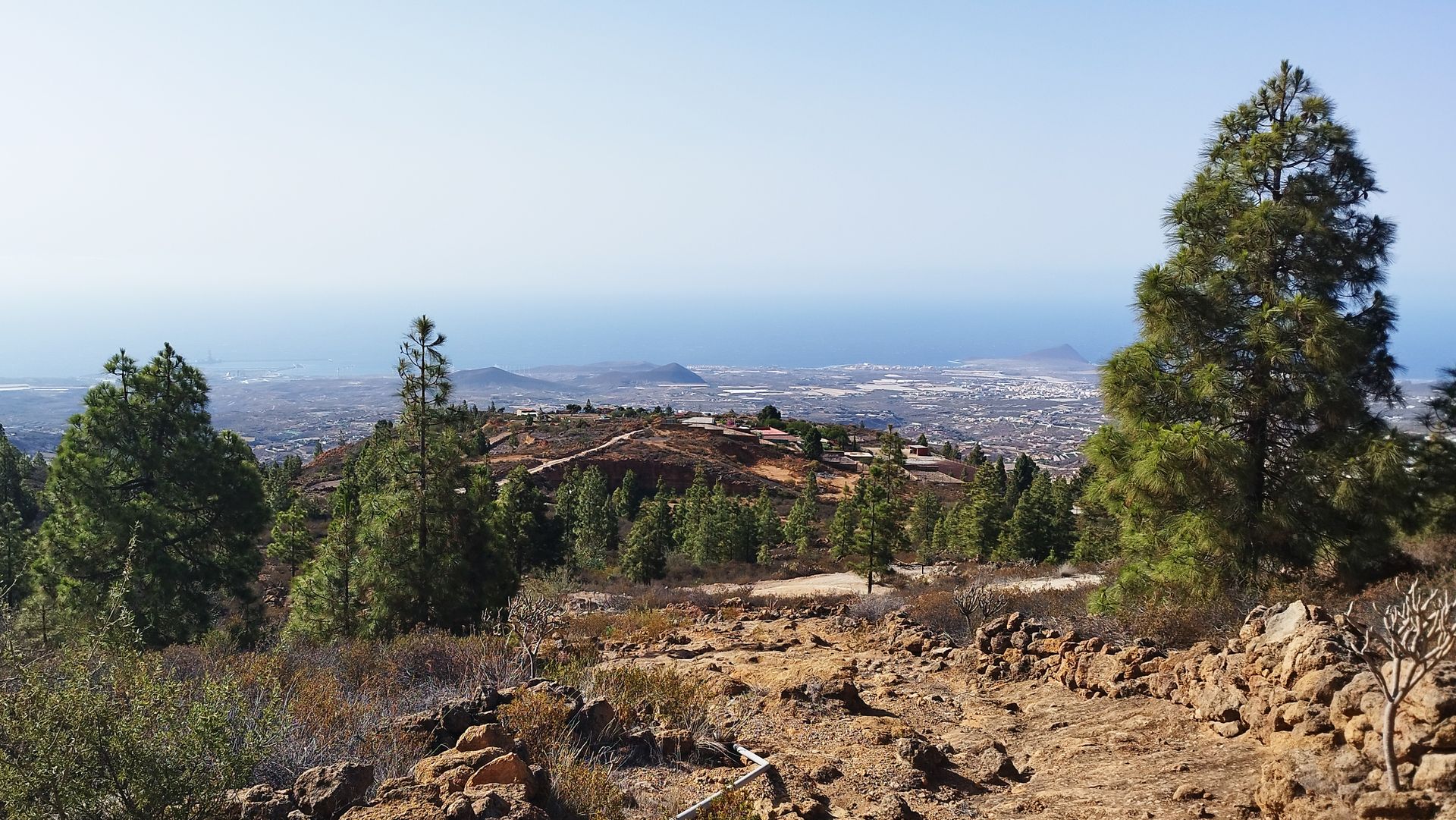
La Higuera
—
by
The legacy of the Canarian fig trees This district of Granadilla de Abona owes its name to one of the most appreciated trees in Canarian agriculture. The presence of the fig tree dates back to aboriginal times, long before the conquest of the islands, as ancient accounts and archaeological studies confirm. Figs played a fundamental…
-
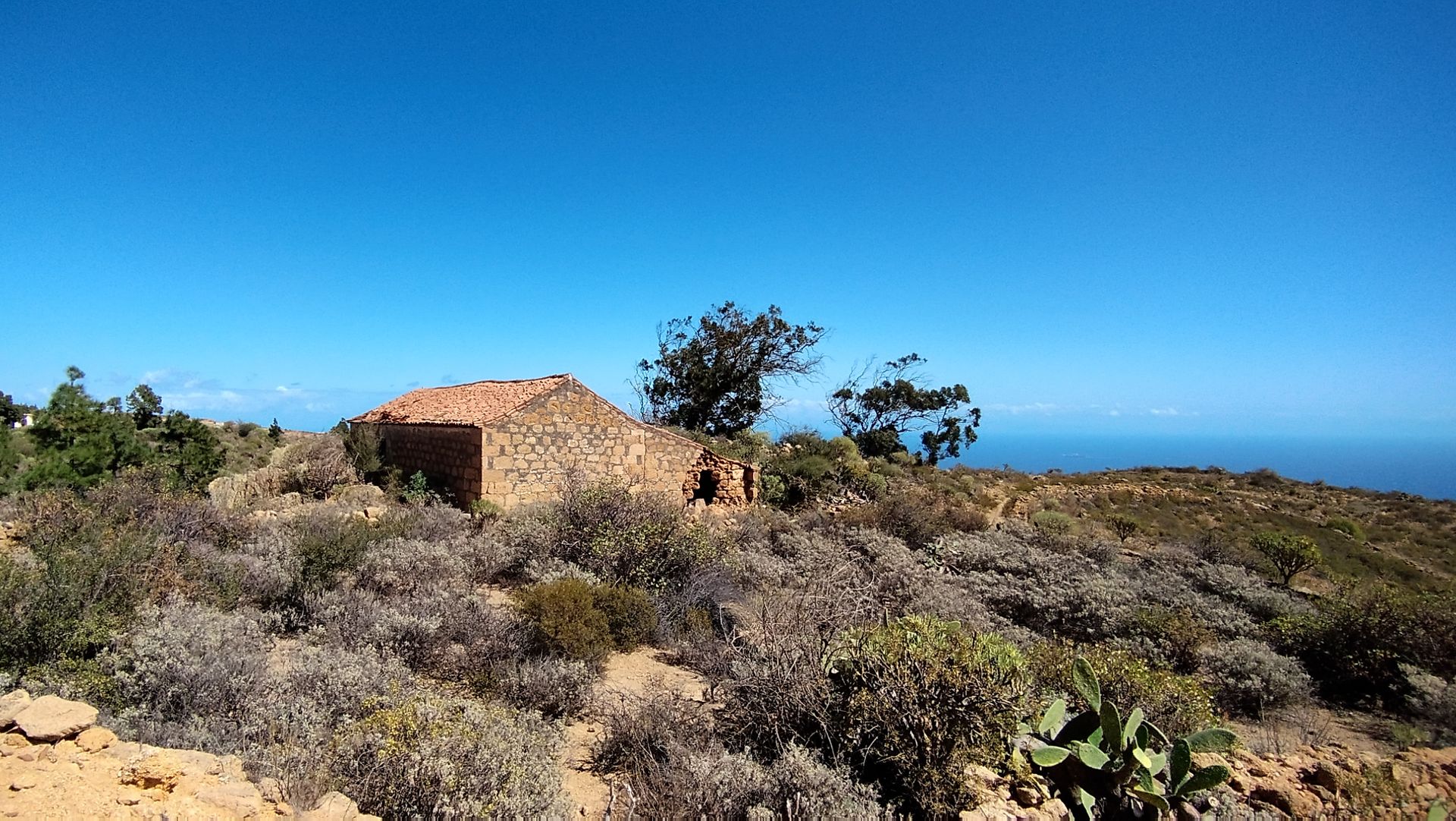
Casa del Tejal
—
by
The Tejal’s house or the Clérigo’s house? This old house is known by two different names: the “Casa el Tejal” and the “Casa el Clérigo”. The former is indicative of the existence of a small artisan weaving industry. Three elements are needed to make roof tiles: water, firewood and suitable soil. The surroundings are rich…
-
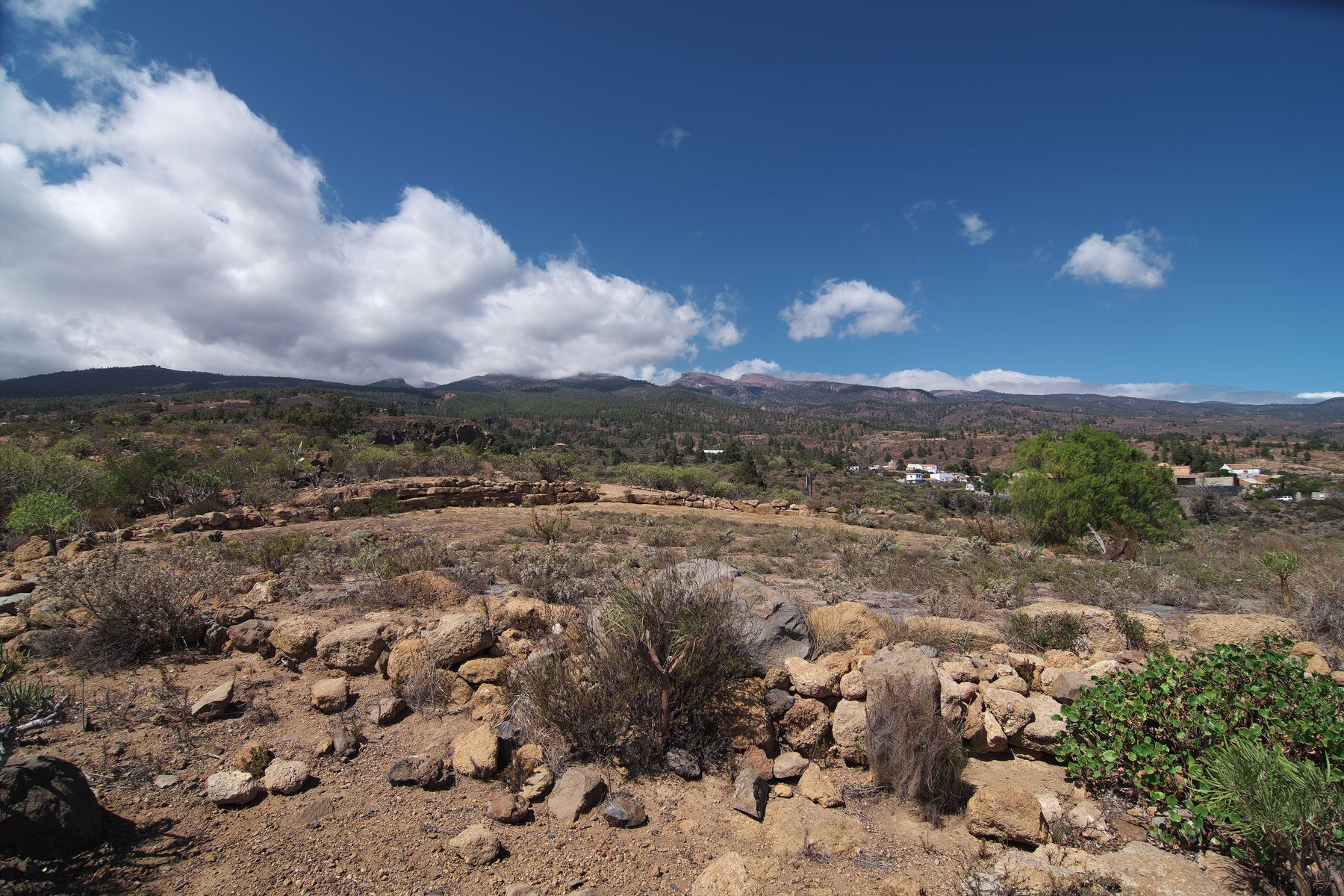
Era del Tejal
—
by
Camels were the driving force of the island’s countryside. The Tejal threshing floor is about 25 metres in diameter and is notable for being carved directly into the volcanic tuff. At some points the hollows were filled in with basalt slabs to complete the necessary smooth surface. It is very likely that camels were used…
-

El molino
—
by
The power of the water moved the millstones These are the remains of a mill that was moved by water channelled from the summit. Its abundance offered the possibility of good milling. The rural environments of Tenerife offer good examples of the sustainable management of natural resources and the territory. A good example is this…
-
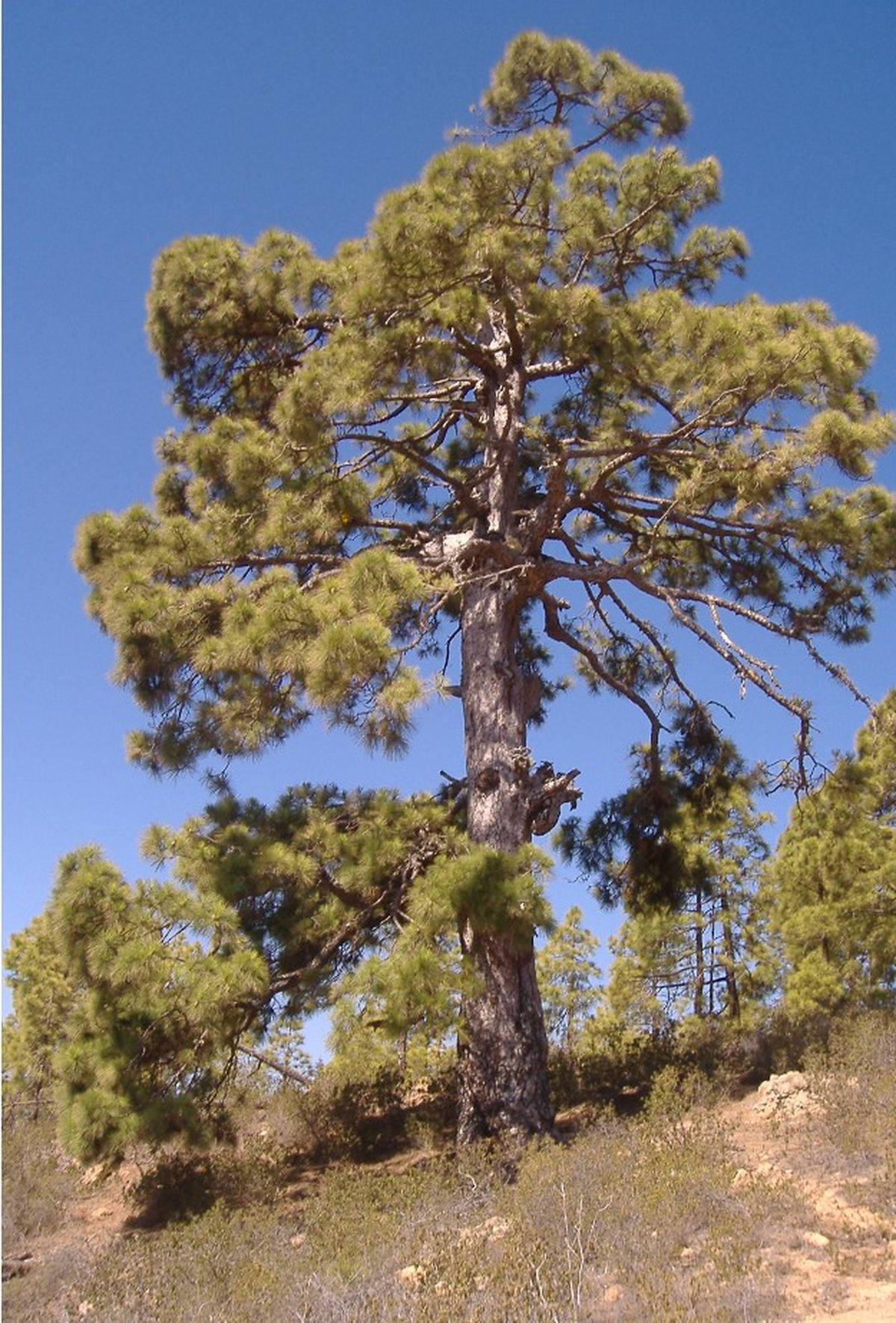
Árboles con personalidad propia
—
by
In Las Vegas there are many trees with a personality of their own The Guirre pine is an example of the close relationship between rural dwellers and their trees Trees have always accompanied human beings and there are many contributions offered by these living, complex and beautiful beings. In Las Vegas many of these relationships…
